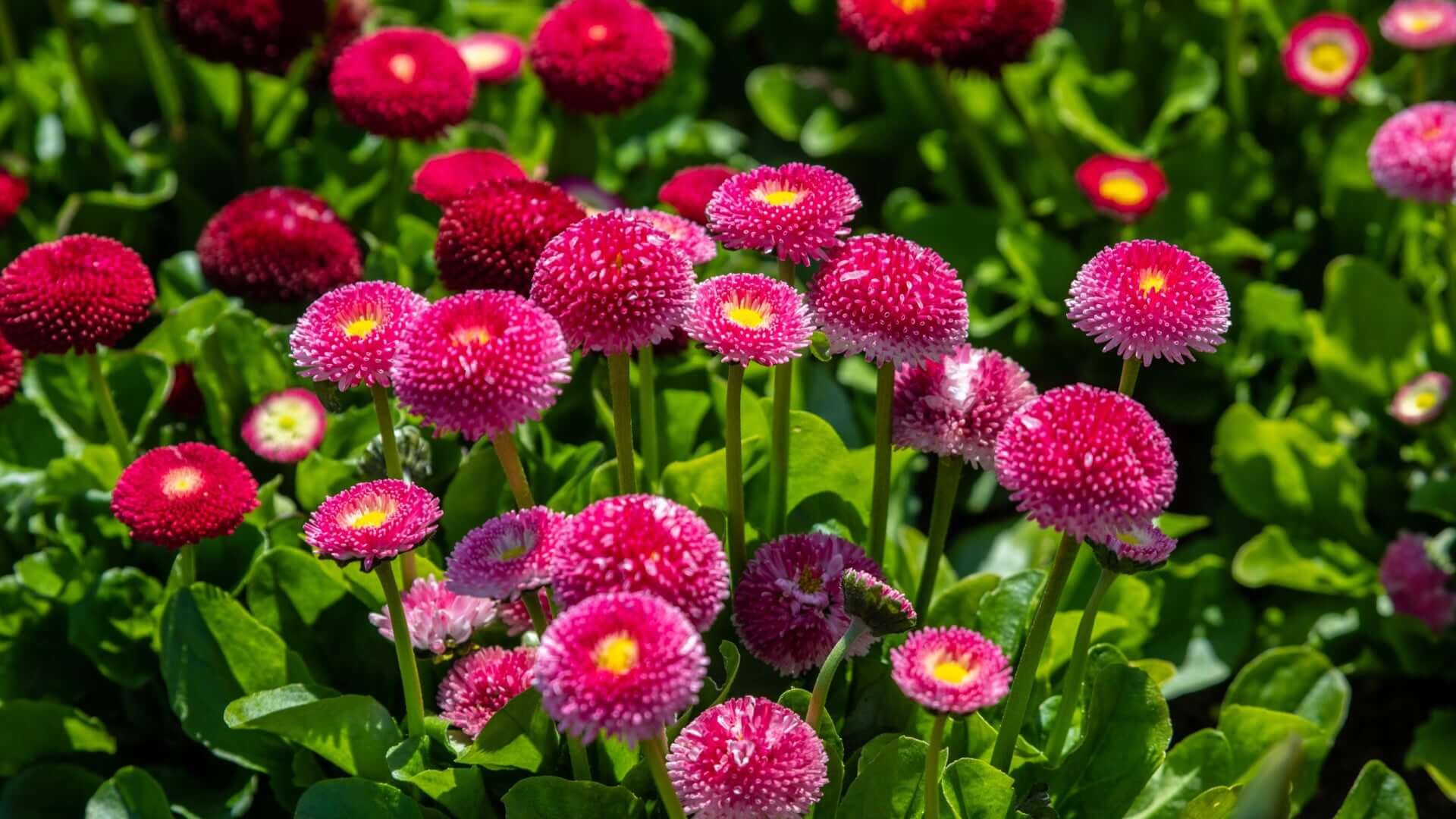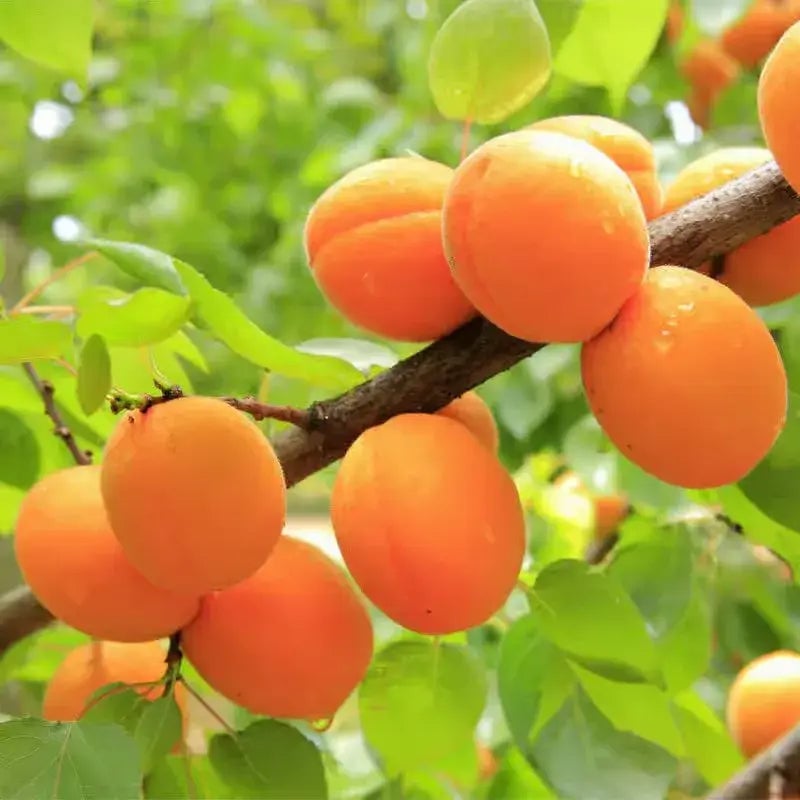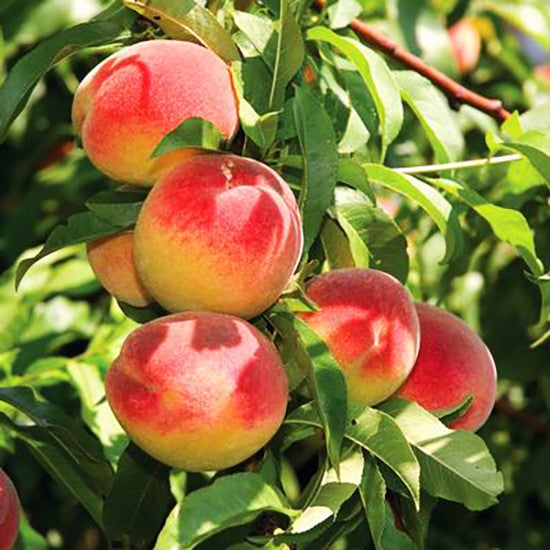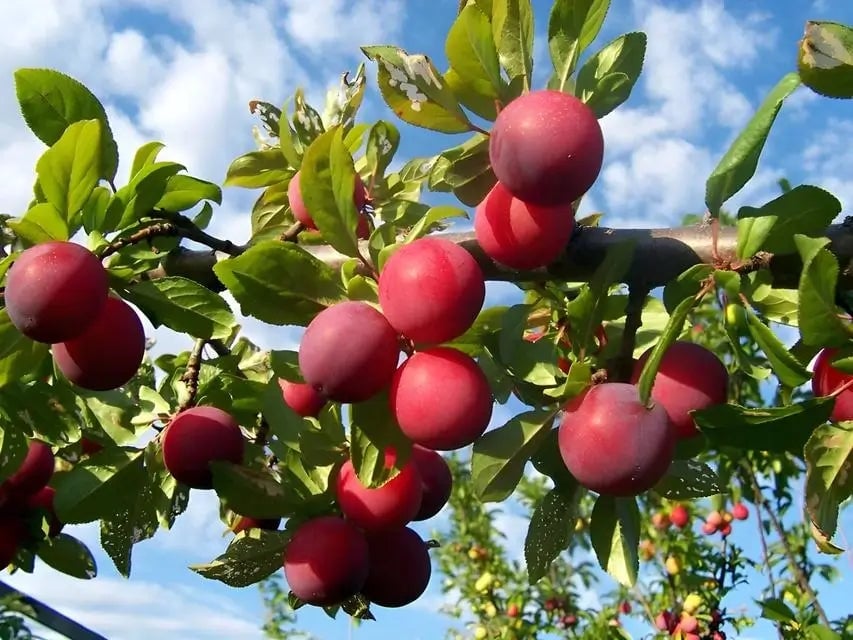Apricot trees are a treasure in any landscape, thanks to their graceful appearance and bountiful harvest. These deciduous trees bring charm and utility to the yard, offering year-round beauty and delicious fruit come summertime. They're a favorite for those who appreciate natural beauty paired with practicality.
One standout characteristic of apricot trees is their lovely blooms. As spring unfolds, these trees burst into a profusion of delicate pink and white blossoms. The breathtaking sight makes apricot trees a focal point in gardens or orchards. Beyond their visual appeal, these flowers also attract pollinators like bees, which buzz about ensuring a good fruit crop later in the season. While they thrive best in sunny spots with well-drained soil, apricot trees are surprisingly hardy.
Apricot Trees Characteristics: Growth, Fruit, and Maintenance
Apricot trees are relatively compact, typically reaching 15 to 20 feet. Their size makes them an excellent option for small backyard spaces and more extensive orchards. The spreading canopy provides shade and adds a touch of elegance to the yard. The dark green foliage transforms into golden hues in fall, offering another layer of seasonal interest.
The fruit itself is a valid reward. Apricots are small, round, and velvety, with hues ranging from pale yellow to deep orange. Their flavor perfectly balances sweet and tangy. Harvesting occurs in early to mid-summer, depending on the variety and growing conditions.
Caring for an apricot tree is straightforward and requires a little dedication. They appreciate regular watering, particularly during dry spells, and benefit from occasional pruning to maintain shape and encourage healthy growth. Fertilizing in early spring for a generous crop. Additionally, while apricot trees are hardy, keeping an eye out for pests or diseases like brown rot can go a long way in ensuring their health.
With their stunning flowers, delicious fruit, and manageable size, apricot trees are a worthy addition to any garden. Whether you're drawn to their ornamental value or the joy of picking sun-ripened apricots straight from the tree, these trees deliver beauty and abundance season after season.
The Advantages of Fruiting Apricot Trees
Perfectly ripened apricots plucked fresh from apricot trees are among the most delicious fruits. Unfortunately, apricots do not ripen well after picking, and ripe apricots do not ship well, and thus supermarket purchases of fresh apricots are invariably disappointing. The simplest way to obtain perfectly ripened apricots is to grow your own. In addition to enjoying fresh fruit, home-grown apricots can be turned into delicious jam and enjoyed in dozens of recipes.
To grow your apricots, you need to plant some fruiting apricot trees. These trees can be used for landscaping, shade, and fruit; full-size trees mature to around 20 feet tall and wide, semi-dwarfs at 15 feet, and dwarfs at 6 feet. The trees have lovely dark green foliage and produce large amounts of pale violet flowers very early in the spring.
Fruiting apricots are suitable for the bees, providing nectar before most other plants flower
Fruiting apricots are native to western China and have been grown in the Middle East for thousands of years. Plant breeders have produced several cultivars that thrive in USDA Hardiness Zones 4 to 9. They are self-fertilizing, so one tree is sufficient to produce fruit. They start producing fruit as young as two years of age. A mature dwarf tree can produce 50 pounds of delicious fruit yearly, and a mature full-size tree can produce 200 pounds yearly.
Fruiting apricots need sunlight and not much else to thrive
They are drought-tolerant and rarely need to be watered. You can transplant a young apricot tree in early spring or late fall while it is dormant. You can even grow the dwarf trees in pots on your patio or balcony if you are short on space. In no time, you will be enjoying delicious, sun-ripened apricots plucked from your trees.
Read more

Once you begin cultivating plants, you'll find a never-ending list of flower options. For example, you can choose flowers that last for one season, along with plants that share beautiful blooms yea...

Spring is coming. It is time to plan the perennials you want to add to your landscape this year. Here are ten of our favorite blooming perennials that are vibrant and colorful enough for any flower...





